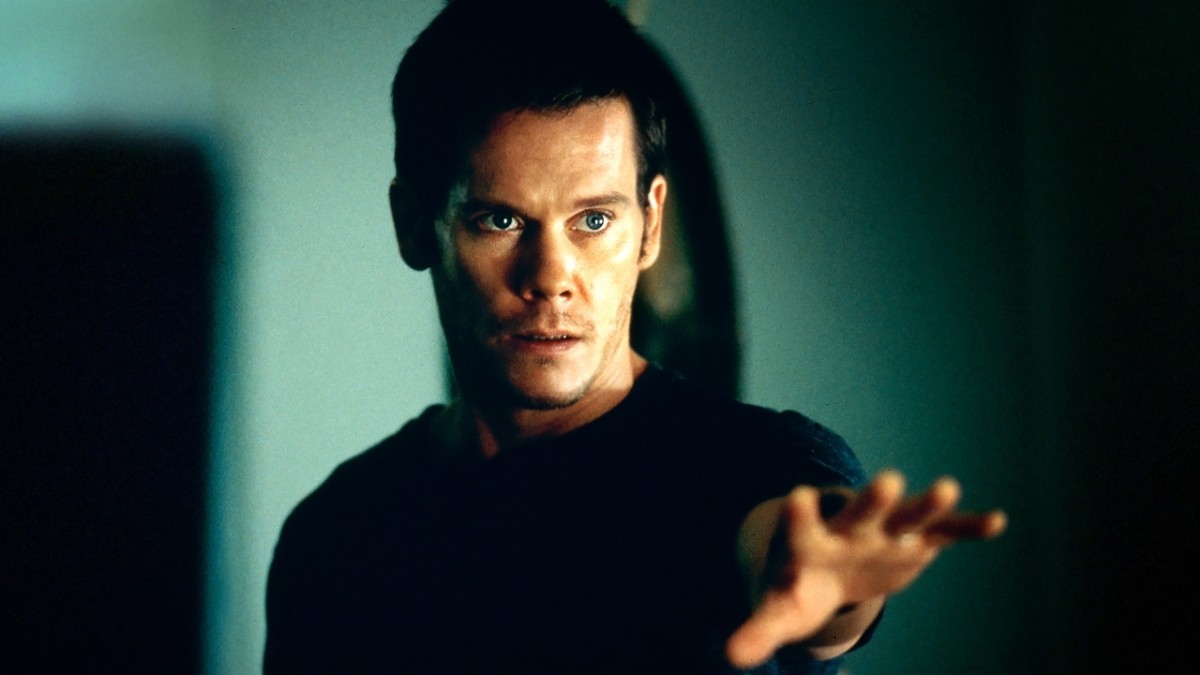
Halloween came and went, but do we need another October to watch horrors? As John Carpenter – who also has a film on the list (yes, even Carpenter has underrated movies) – put it, “horror movies will live on forever” and here we will look at some of the great, or at least entertaining horror films from different decades and directors that deserved more attention than they got. Or maybe they were quite popular when they were released but time was not fair to them. The list varies from psychological horror to meta-fiction to vampire films, so hopefully there’s something for everyone.
10. Images (1972)
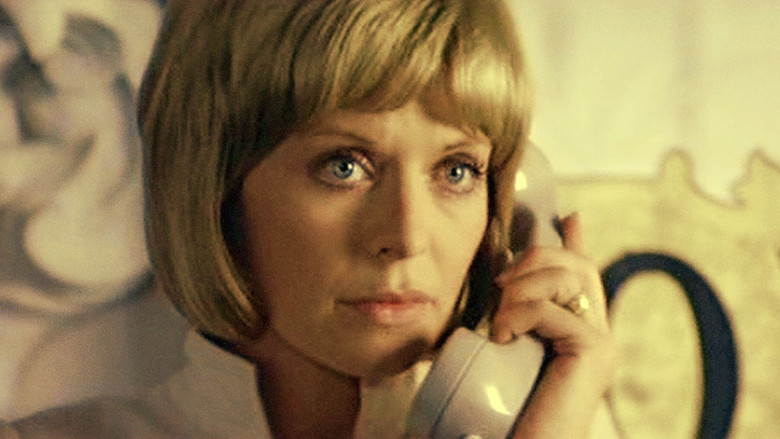
Altman’s “Images” is one of the more unique films in the director’s resume, yet it remains one of his lesser known. It didn’t get much strong reviews initially; some critics compared its plot to Roman Polanski’s “Repulsion” and thought it came short in comparison. There are definitely some strong Polanski vibes.
However, stylistically Altman was probably more influenced by Bergman, in particular from his “Persona,” which shouldn’t be a surprise considering how its influence was obvious on one of his best films, “3 Women.” As for “Images,” it follows a children’s author who seemingly has a type of schizophrenia that leads her to see and hear people and voices that aren’t really there.
The result is very interesting and compelling. While the score of the film was recognized by AMPAS, it’s a damn shame that Susannah York’s phenomenal leading performance was overlooked. Vilmos Zsigmond also did a wonderful job as a cinematographer; the outdoor scenes are especially beautiful as well as the close-ups of everyday objects, particularly in the beginning. In fact, it can very well be Altman’s most technically daring film.
In the end, “Images” is unique, strange, impressive, and way overlooked film not only in Altman’s resume, but it probably remains as one of the most underrated psychological horrors of all time.
9. Someone’s Watching Me! (1978)
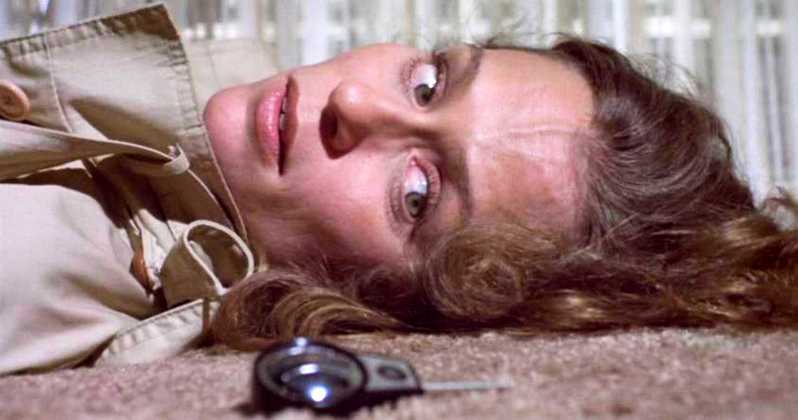
Maybe because this was made before “Halloween” or it was initially premiered on television, but for whatever reason this horror/thriller, “Someone’s Watching Me!” is one of the less discussed and remembered John Carpenter efforts. It was even often referred to as “the lost Carpenter film” due to its scarce availability on home video for many years. But “Someone’s Watching Me!” is actually a pretty damn intense movie that needs to be seen more.
The first part of the film is slightly not so strong, but the writing starts to get better and better and Carpenter’s expert directorial work keeps you engaged as well. It’s also somewhat of a feminist film in Carpenter’s resume as our lead character is an independent, strong woman who tries to defend herself against an older man who watches her, enters her apartment when she’s out, and begins to terrorize her with phone calls and strange gifts.
There is one particularly cool monologue, and other than just a whole tenseness of the movie, it should also be noted for what an effective work Carpenter can come up with in less than 10 days. It was a particularly lovely experience for Carpenter at the time as he met with then-wife Adrienne Barbeau, who he married in 1979 (though, later divorced).
8. The Devil’s Candy (2015)
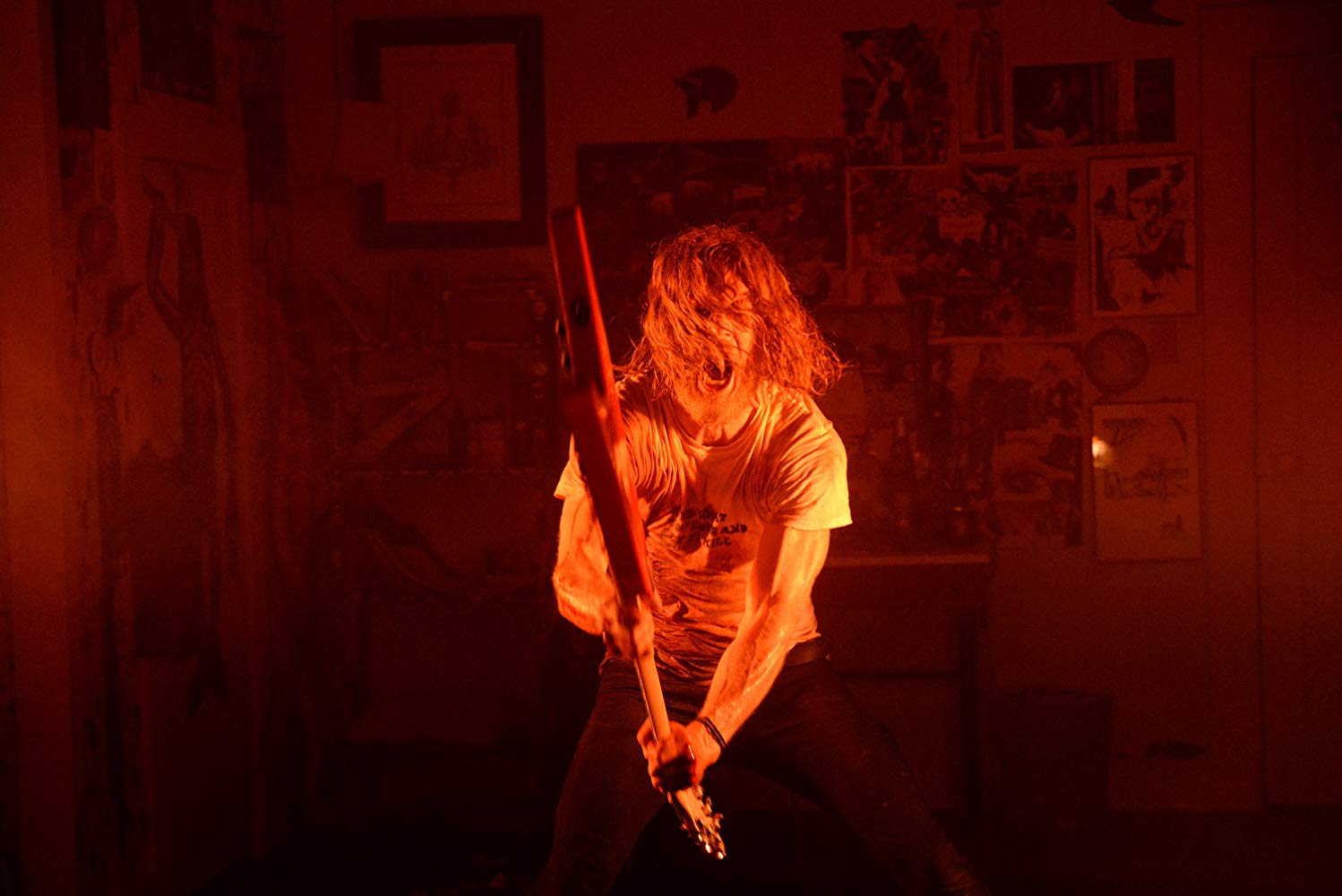
A family moves into a house where they’re informed by the real estate agent that the women who lived there died when she fell down the stairs, and her husband killed himself out of despair. In fact, the house is cursed by the Devil, and the previous occupant returns to carry out what the demonic voice in his head tells him to do.
It’s a film that is hard to describe in a way that would make it obvious, but what makes it so distinctive is, because if you read the main plot, it may sound like your average possession film but it’s more than that. It has more originality in it and everything is handled with such cool vision. It avoids some of the stereotypical horror elements: nothing really spooky, it’s not exactly bloody, and it’s never too explicit about it. But the undertone of the film makes you feel a bit disturbed and intrigued. The movie uses a metal sound that adds a lot to its atmosphere and it feels like an appropriate choice in general.
The only flaw in the film might be is the ending, which could have been better, but it’s easy to forgive as the movie was tense and atmospheric enough throughout. The imagery is great, and a few haunting shots can be found here and there. The pacing is also good. The movie prefers to keep the pace moving in its relatively short running time.
7. Amer (2009)
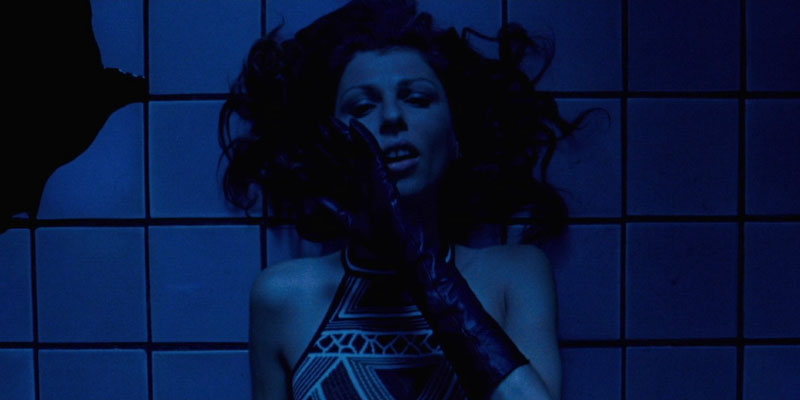
In three separate episodes, scenes from the life of Ana are shown in a giallo style: her childhood, her youth, where she accompanies her mother to neighboring village (the shortest segment) and her adulthood – which takes half the length of the movie.
The film does not have a continuous or straightforward narrative. Ana remembers three drastic events of her still young life: as a child, she was fascinated by the horror of her grandfather’s corpse, which had been stored in the gloomy parental domicile. Years later, as an adolescent, she encountered a half-star on a seaside vacation and had to experience how her jealous mother suppressed nascent feelings. And as an adult, she returns to her childhood home, which is not as deserted as it seems, but with more than imagined dangers.
Those three episodes are all encounters with death and sexuality, sometimes both at the same time. It is up to the viewer to decide the reality and hallucination of the protagonist. It encourages a plurality of interpretations. If you love giallo films, especially Dario Argento’s works, this Belgian-French production that is “Amer” – with all of its surrealism and unusual tone – may be right up your alley.
6. Pin (1988)
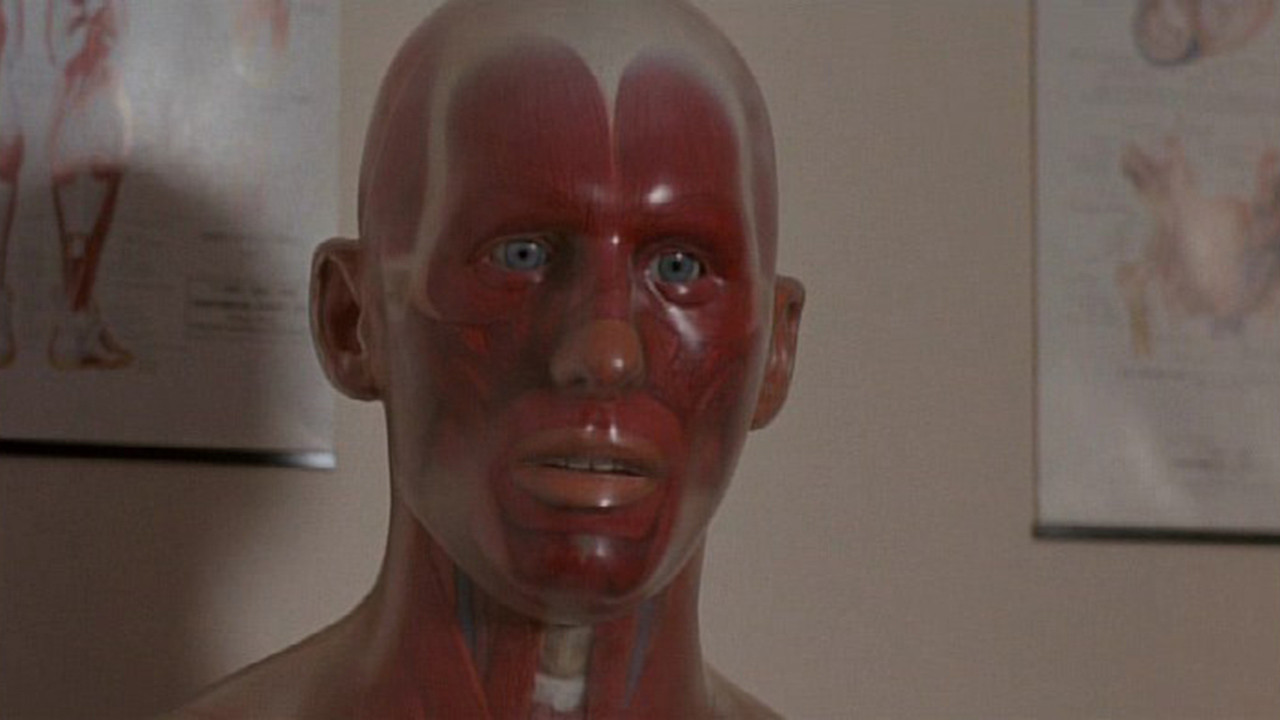
Yet another Canadian horror on the list, “Pin” is based on the novel of the same name by Andrew Neiderman (“The Devil’s Advocate”). It’s one of those kinds of psychological horrors where it just doesn’t use any kind of gore or violence to make you feel uncomfortable. Special effects are also kept to a minimum, which adds a lot to its suspenseful tone. The movie is about Dr. Frank Linden’s anatomically correct medical that he calls “Pin.” Via ventriloquism, Dr. Linden uses Pin to teach his children, Leon and Ursula, about bodily functions. However, Leon is mentally ill and he starts to believe that Pin is alive.
Barely registering in cinemas on release in the late ‘80s, “Pin” is one of those films that has persisted ever since. The movie develops the theme of repressed sexuality only superficially, but nevertheless, the movie has a surprising dramatic depth. It goes in a subtle direction, so you need great performances and an intriguing script to make you feel the tension.
While one can’t deny the “Psycho” influence and the overall Hitchockian atmosphere, “Pin” still remains a unique film of its own, which certainly makes this a very intriguing watch. The voice of the character Pin also adds a lot to the film as it comes off somewhat disturbing. Some sequences may be little campy/silly to some viewers, but it’s really a film that is dated surprisingly well, and if you’re into ‘80s horror, “Pin” may be an excellent choice.